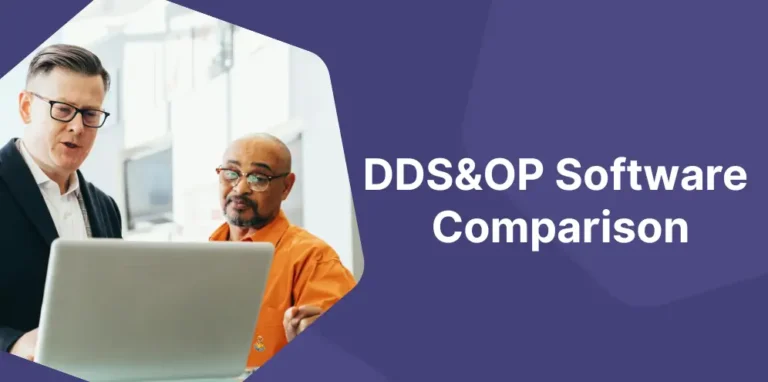In supply chain management, we’re often asked to make quick, buffer-related decisions with the best information available. We do this in the real world, too.
Some time ago, I had an important meeting with a client at 9:00 a.m. in a congested city. The normal commute was supposed to take 20 minutes, so I decided to leave at 8:00. With the meeting being critical, and my knowledge of this city being limited, I opted for a 40-minute buffer for a 20-minute travel time.
Taking the suggested route, Waze confidently informed me I would arrive at 8:21 am. That worked for me as it would allow me to meet up with a few key people before the meeting.
Things did not go as planned.
As traffic piled up, Waze adjusted the arrival time to 8:38. Then 8:29. Then 8:42. Finally, I arrived at my destination at 8:54, just in time to make the meeting.
I felt justifiably proud of my arrival time as it demonstrated my mastery of time buffer sizing, despite a few cold sweats en route.
But what this example also demonstrated is the fallacy of precision. The sophisticated algorithms Google programmed into Waze calculated my arrival time very precisely: 8:21:34.
It’s the 34 seconds that should have made me suspicious. I know Google has their finger on the pulse of the world, but there was no way they could confidently predict my arrival time down to the second. This is what the Demand Driven Institute calls “precisely wrong” in a nutshell.
To be completely accurate, the app should have said something like, “you should arrive at your destination sometime between 8:30 and 8:55.” The problem is, I wouldn’t have been satisfied with that answer. No one with an important meeting to attend would. We’re looking for certainty, not ambiguity.
So are supply chain managers and production planners. But if you’re in one of these roles, you know you should be highly suspicious of a precise forecast, especially the further out it extends.
But Waze wasn’t trying to be misleading. It’s a program. It was just doing what programs do – calculating my arrival time using the formulas it has and the information being fed into it. It was also programmed to update my arrival time based on new information. That gave me the power I needed to take action accordingly, e.g., change my route or make a quick call to the meeting coordinator to let them know I’d be late.
As a supply chain manager or production planner, you need to ask yourself whether your systems are giving you up-to-date information frequently, accurately, and easily enough to allow you to adapt your plans in time to meet your goals. If not, Demand Driven Technologies may be able to help. You can learn more about the Demand Driven Operating model on our website.
If you are interested in learning more about our Demand Driven Supply Chain Software solutions feel free to contact us and see how DDMRP can improve your supply chain.












